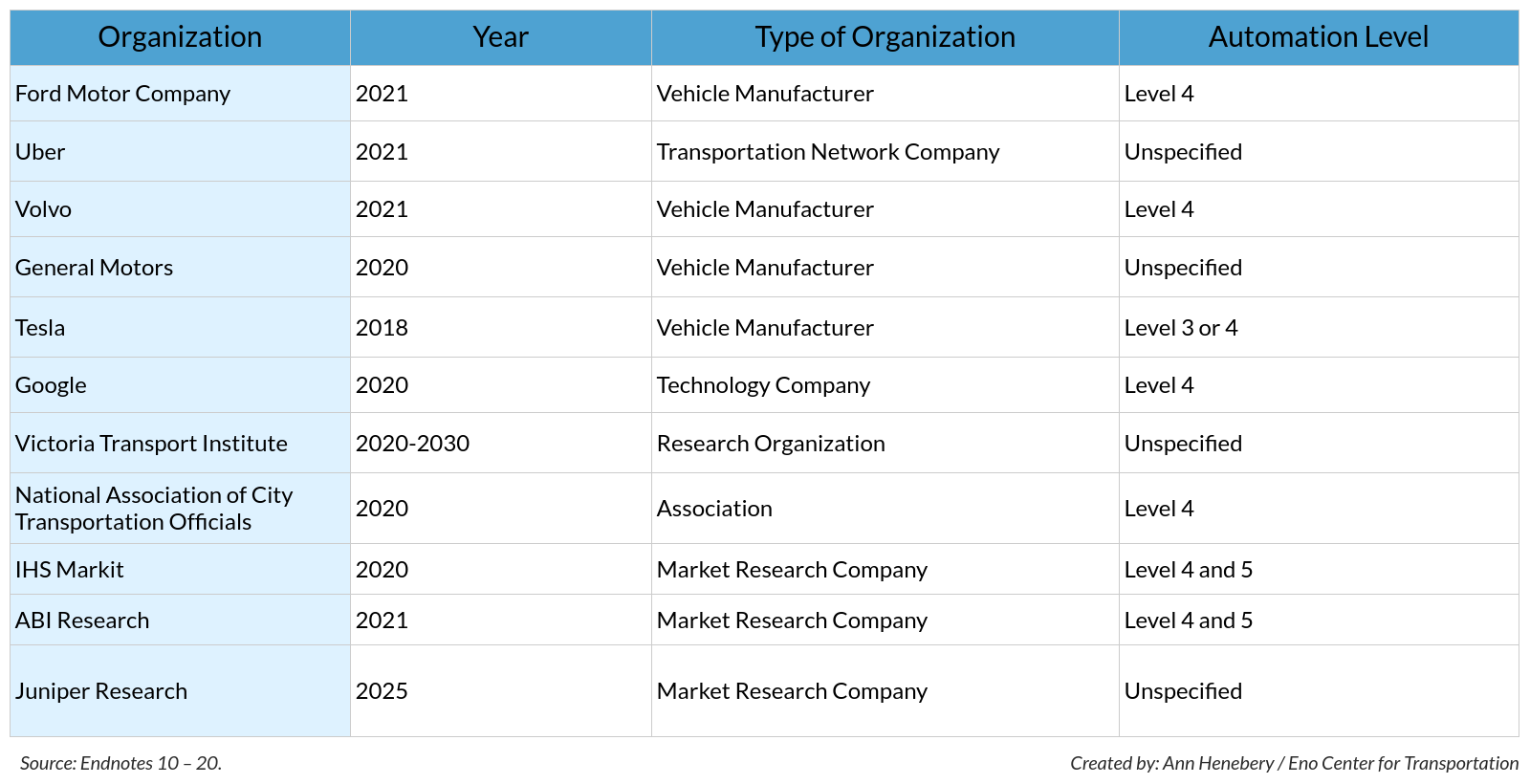May 19, 2017
The arrival of increasingly automated vehicles (AVs) in the next few years is expected to significantly improve roadway safety while also expanding mobility options in many communities. This emerging technology is expected to affect a variety of fields, including insurance, environment, land-use planning, and public transit. As a result, demands on the workforce will change as well.

The last U.S. election cycle demonstrated that Americans are concerned about how economic trends – particularly automation and trade –affect their current and future employment prospects. Compounding this issue further, a White House report released last year on automation and artificial intelligence calculated the impacts of automated vehicles could displace almost 4 million U.S. jobs.
Automating the task of driving could dramatically change or eliminate a number of occupations. While this change is expected to take place over the course of decades, thinking about this problem now can empower governments to prepare for, and begin to mitigate, negative externalities of AVs.
Eno’s recent report, Beyond Speculation: Automated Vehicles and Public Policy, recommended that all levels of government should work with academic institutions to research the potential impacts of AVs on the workforce and form programs to retrain workers for jobs lost to automation. Universities and colleges around the country are uniquely positioned to lead this initiative by drawing on their research efforts to craft retraining programs that will prepare workers for careers that are less susceptible to automation.
While worker displacement due to automation generates significant concerns (especially when one of the most common jobs in the US may be affected), sounding the alarm now is premature. Many see AVs as an opportunity to actually improve driving occupations – especially when it comes to job safety and working conditions.
Long-haul trucking, for example, faces a shortage of workers. This is largely because driving is a physically taxing profession, carrying with it a host of health concerns that are already forcing many current and potential drivers to reassess the trade. The trucking industry may be able to improve drivers’ quality of life by automating some (or all) parts of the driving task. This could allow drivers to get more rest while on the road and potentially do other activities within the cabs such as planning their routes, reaching out to shippers to secure new business, or other activities to enhance their productivity.
Some have drawn the analogy of drivers becoming more like airline pilots. Today, pilots use the autopilot feature for a significant portion of each flight and are often there to assist with the more complex tasks of takeoff and landing. A future scenario may entail drivers operating trucks from the origin to the highway, activating the automated driving function, and then resuming control in urban areas to perform the more complex driving tasks associated with parking and unloading goods.
In other driving professions, like buses or shuttles, workers may transition into more service-oriented roles. Instead of being responsible for navigating and operating high-capacity vehicles, the bus drivers of the future may be freed up to enhance passenger experience, assist disabled passengers, and improve the overall quality of transit services. A driver may become more of a transit concierge who is thereby responsible for assisting disabled or elderly passengers, ensuring safety and security, and fare collection.
But modifying the job descriptions of drivers could have unanticipated consequences for the payment structures of drivers who are often specialists in their fields. This trend is increasingly pronounced in the taxi industry, which is transitioning from a highly skilled workforce (e.g., London cabbies have to take exams on navigating the 25,000 streets and roads from memory) to lower-skilled workers (e.g., drivers can now use mobile mapping applications to drive for low-cost e-hail services) highlights how technology affects both occupational training requirements and wages.
The occupation and responsibilities of driving will undergo a serious reassessment, and drivers of the future may no longer look like those of today. But rather than triggering mass unemployment, automation may prompt a paradigm shift wherein drivers transition from being vehicle navigators and operators into customer service representatives and vehicle supervisors. Governments need to proactively prepare the workforce for this transition.




